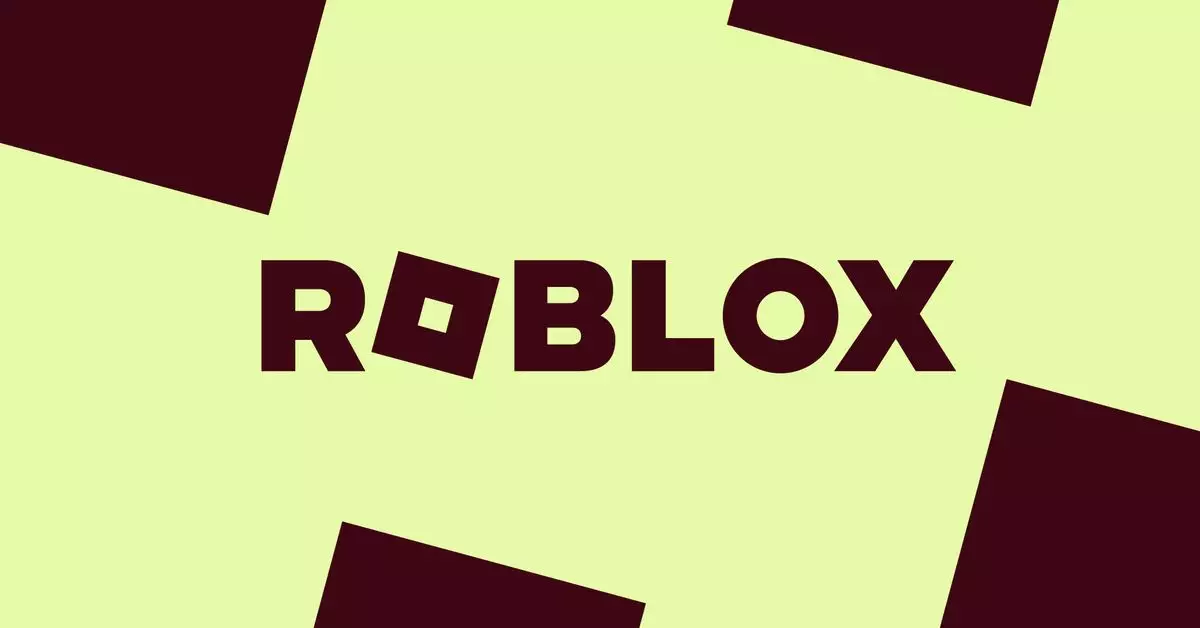Roblox, a popular online platform that allows users to create and play games, has recently announced significant changes aimed at enhancing user safety, particularly for its younger audience. These modifications are not only a response to mounting criticisms about inadequate protections for children but also reflect a broader commitment to creating a more secure online environment. In light of alarming incidents and reports surrounding child safety on the platform, these updates signify an important turning point for both Roblox and its community.
The Need for Increased Oversight
Recent findings have shed light on the darker side of Roblox, as illustrated by investigative reports that unveiled disturbing accounts of child exploitation. A notable example was highlighted in an exposé by Bloomberg, reporting an alarming presence of predators using the platform to target minors. Such revelations have troubled parents, prompting scrutiny from authorities. In August, Turkey’s government took the drastic step of banning Roblox with claims that it was necessary for the protection of children, showcasing international concern over the platform’s existing safety measures. These incidents underscore the urgency for robust safeguards and efficient parental controls within interactive platforms like Roblox.
In an effort to regain public trust and tighten restrictions, Roblox has presented a series of changes that aim to bolster parental control over children’s activities on the platform. Notably, these changes will require users under the age of 13 to obtain parental permission for accessing specific chat features. Furthermore, younger users, specifically those under 9 years old, will need consent from guardians to engage with experiences rated with a “moderate” content label, a classification that includes potential exposure to mild violence or crude humor.
Roblox plans to switch from outdated age-based experience guidelines to a more nuanced content labeling system. This approach seeks to provide clearer expectations about the content children may encounter, allowing parents to make more informed choices regarding their child’s interactions.
Alongside adjustments to content access, Roblox will introduce parent accounts designed to empower guardians with greater control and insight over their children’s interactions. These new accounts are intended to simplify the management of parental controls, enabling parents to link their accounts to their child’s, thereby facilitating oversight of gaming activities. Through these accounts, parents will be able to monitor daily screen time, view friends on the platform, and manage access to specific types of content.
However, despite this advancement, Roblox’s new framework has drawn criticism, particularly due to its failure to allow parents the ability to set PINs or deploy account restrictions that could block or limit in-game communications. The absence of such pivotal features raises questions about the efficacy of the platform’s safety upgrades, highlighting the need for a more comprehensive approach to parental supervision.
Roblox’s Commitment to Safety: A Moving Target
Roblox representatives have emphasized their ongoing dedication to safeguarding younger users by stating that these updates are part of their broader commitment to create a safe online environment. However, the question remains whether these measures are sufficient to mitigate the risk of exploitation. While the announcement of new controls signals progress, skeptics argue that the effectiveness of these initiatives will depend on their practical implementation and adherence to safety standards.
The platform’s pledge to continue innovating its parental controls suggests a willingness to evolve with the needs of its user base; nevertheless, Roblox will need to ensure that any updates are both comprehensive and maintain a high threshold for child safety.
The recent developments within Roblox underscore a critical juncture for the platform as it grapples with the dual pressures of user engagement and safety. By implementing stricter controls and fostering greater parental involvement, Roblox aims to construct a more secure digital landscape for children, yet it is imperative that these measures are continually evaluated for effectiveness.
As discussions around child safety online continue to grow, Roblox’s response may be indicative of broader industry trends. The pressure on platforms to protect their youngest users is mounting, and the coming months will be pivotal in determining whether these enhancements achieve their intended outcomes, thereby ensuring a safer space for all users. The success of Roblox’s initiatives will not only shape its reputation but could also influence how other platforms manage child safety moving forward.


Leave a Reply